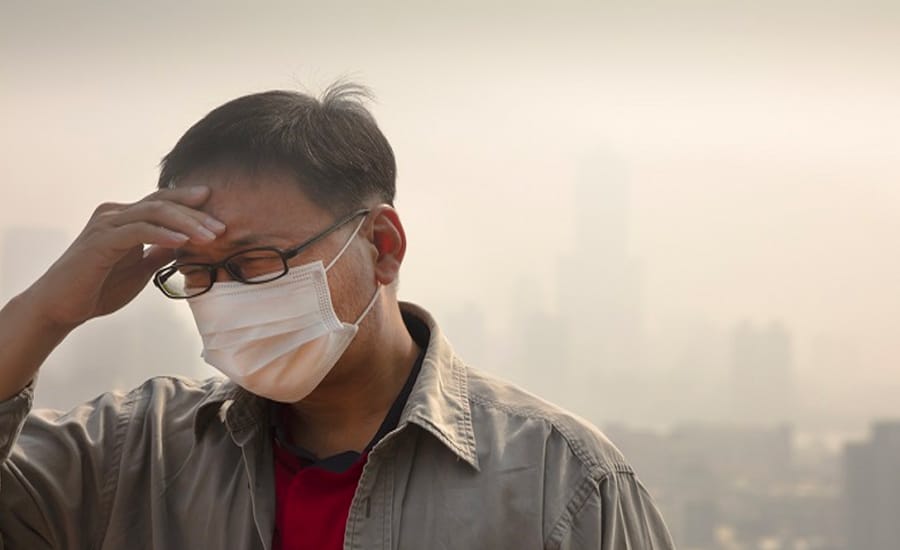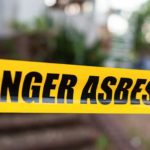Smoke from any types of fire (fire, brush, crop, structure, waste or wood burning) can contain a mixture of various sized particles, water, vapour and gases such as carbon monoxide, nitrogen oxides and volatile organic compounds.
Inhaling smoke for a short time can cause (acute) effects. These may include:
- Itchy/burning eyes
- Runny nose
- Shortness of breath
- Headaches
- Irritated sinuses
- Throat irritation
- Cough
Inhaling smoke for an extended time for those with respiratory and cardiac diseases such as asthma, emphysema, angina and ischaemic heart disease can exacerbate their underlying conditions. The gases and fine particles produced can make existing respiratory diseases worse. Those workers may experience difficulty in breathing, wheezing, coughing and chest tightness.
As workplace injuries and illnesses can occur at any time, the best way for companies to prepare for conditions with high outdoor pollution exposure is to have a risk management plan. This plan will aim to provide a safe work environment which includes:
- Selection of the right workers for the job during times of high pollution exposure.
- Being aware of weather warnings and forecasts.
- Understanding the air quality indexes for the Australian state the worker resides in.
- Providing personal protective equipment such as eye protection and correctly fitted P2 rated face masks.
- Providing water and sun protection.
For more information about this topic, download our Fact Sheet: Injurynet Air Pollution Fact Sheet
If your organisation would like further assistance in managing employees who have been exposed to smoke and air pollution, our nurse triage phone service is also available 24 hours a day, 7 days a week. We also provide a national practitioner treatment network for those who need to see a doctor or allied health professional. Our network is the largest network of its kind in Australia, with over 6,500 medical practitioners, physiotherapists and psychologists across more than 2,900 locations.




